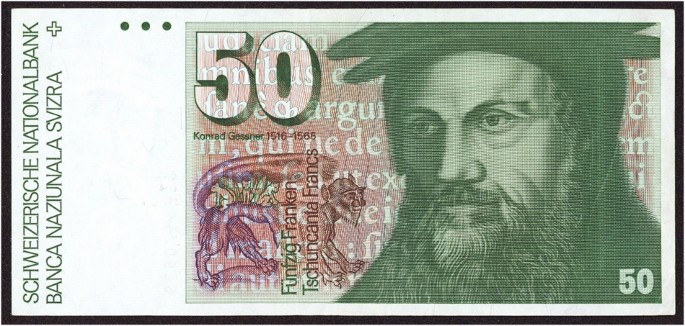

Gallen The compact metropolis of eastern Switzerland between Lake Constance and Appenzellerland with a charming, traffic-free old town.
Train, Bus, Boat – Grand Train Tour The way of travelling that is as exciting as it is relaxing. Bernina Express Fresh mountain air and stunning views from the Albula and Bernina rail lines. Zermatt The vacation destination is a car-free zone and has preserved its original character. Matterhorn – Symbol for Switzerland The Matterhorn and Switzerland are inseparably linked to each other. Snow and piste report Daily updated information on 250 winter sports stations. a highlight on the Grand Tour of Switzerland. Gstaad Gstaad attracts a charming mix of visitors. Panorama view Sweeping views extend from part of Lake Lucerne as far as the Black Forest. Freestyle Academy In Europe’s first Freestyle Indoor Base, jumps and tricks can now be practiced all year. 
Hikes to suspension bridges Thrills over the abyss Learn more.Europe’s highest suspension bridge The suspension bridge stretches spectacularly from one rock face to the other.Patinoire du Flon Lausanne The ice rink in Flon is a great place for outdoor ice skating.Zürich West In the last 10 years the industrial wasteland to the west of Zurich has grown into a new bright lights district.Zurich The cosmopolitan city by the water combines creative urban life with nature in all its glory.Schwarzsee The vacation region around the Black Lake and in the Eastern Freiburg Pre-Alps (Voralpen) is well-known for its authenticity and its wild, romantic natural landscape.Rochers-de-Naye: mountain with a view No two worlds could contrast more than those at the beginning and the end of the thrilling train ride from lively, sophisticated Montreux to the austere summit of Rochers-de-Naye.Val Calnègia It can only be reached on foot, but the reward in the form of a submerged creek, unusual buildings and spectacular scenery is well worth the effort.Nicholas Climb the 368 steps and you will be rewarded with an unforgettable view of the town of Fribourg. Fribourg / Freiburg Over 200 unique Gothic facades from the 15th century impart incomparable medieval charm to the Old Town.Art & culture Switzerland is brimming with cultural surprises.

Lugano With Mediterranean flair, Lugano offers all the advantages of a world-class city, combined with the cachet of a small town.LAC Arte e Cultura The building by Ticino architect Ivano Gianola offers visitors art across 2500 square metres Learn more.Val de Travers The Val de Tavers is characterised by the watch industry and extends from Lake Neuenburg across the Jura all the way to the French border.Creux du Van – Natural Spectacle Impressive 160 meter high vertical rock faces surround a four kilometer long and over one kilometer wide valley basin.
#Swiss number 2 how to
Will you guess how to write a number in full? Enter a number and try to write it down in your head, or maybe on a piece of paper, before displaying the result. Let’s move now to the practice of the numbering rules in Swiss German.
The Swiss German language uses the long scale for big numbers where the naming pattern of the scale words alternates between the -illion and -illiarde suffixes: en Million (10 6, one million), e Milliarde (10 9, one billion), en Billion (10 12, one trillion). Thousands are formed starting with the multiplier digit before the word for thousand ( Tuusig), separated with a space, except for one thousand: Tuusig, zwöi Tuusig, drü Tuusig, vier Tuusig, füf Tuusig, säch Tuusig, sibe Tuusig, acht Tuusig, and nüün Tuusig. Hundreds are formed starting with the multiplier digit before the word for hundred ( Hundert), separated with a space, except for one hundred: Hundert, zwöi Hundert, drü Hundert, vier Hundert, füf Hundert, säch Hundert, sibe Hundert, acht Hundert, and nüün Hundert. When compound, the digits one and seven change slightly (e.g.: einefüfzg, sibenenüünzg ). From twenty-one to ninety-nine, the tens and units are joined with the word e (and), but the unit is said before the ten (e.g.: füfedryssg, zwöiesibezg ). The tens are formed by adding the suffix -zg at the end of the digits, with the exception of ten: zäh, zwänzg, dryssg, vierzg, füfzg, sëchzg, sibezg, achzg, and nüünzg. From thirteen to nineteen, the numbers are formed from the matching digits, adding the word for ten ( zäh) at the end: dryzäh, vierzäh, füfzäh, sächzäh, sibezäh, achtzäh, and nüünzäh. Digits and numbers from one to twelve are specific words: eis, zwöi, drü, vier, füf or föif (in Zürich), säch, sibe, acht, nüün, zäh, euf, and zwöuf. Now that you’ve had a gist of the most useful numbers, let’s move to the writing rules for the tens, the compound numbers, and why not the hundreds, the thousands and beyond (if possible).







 0 kommentar(er)
0 kommentar(er)
